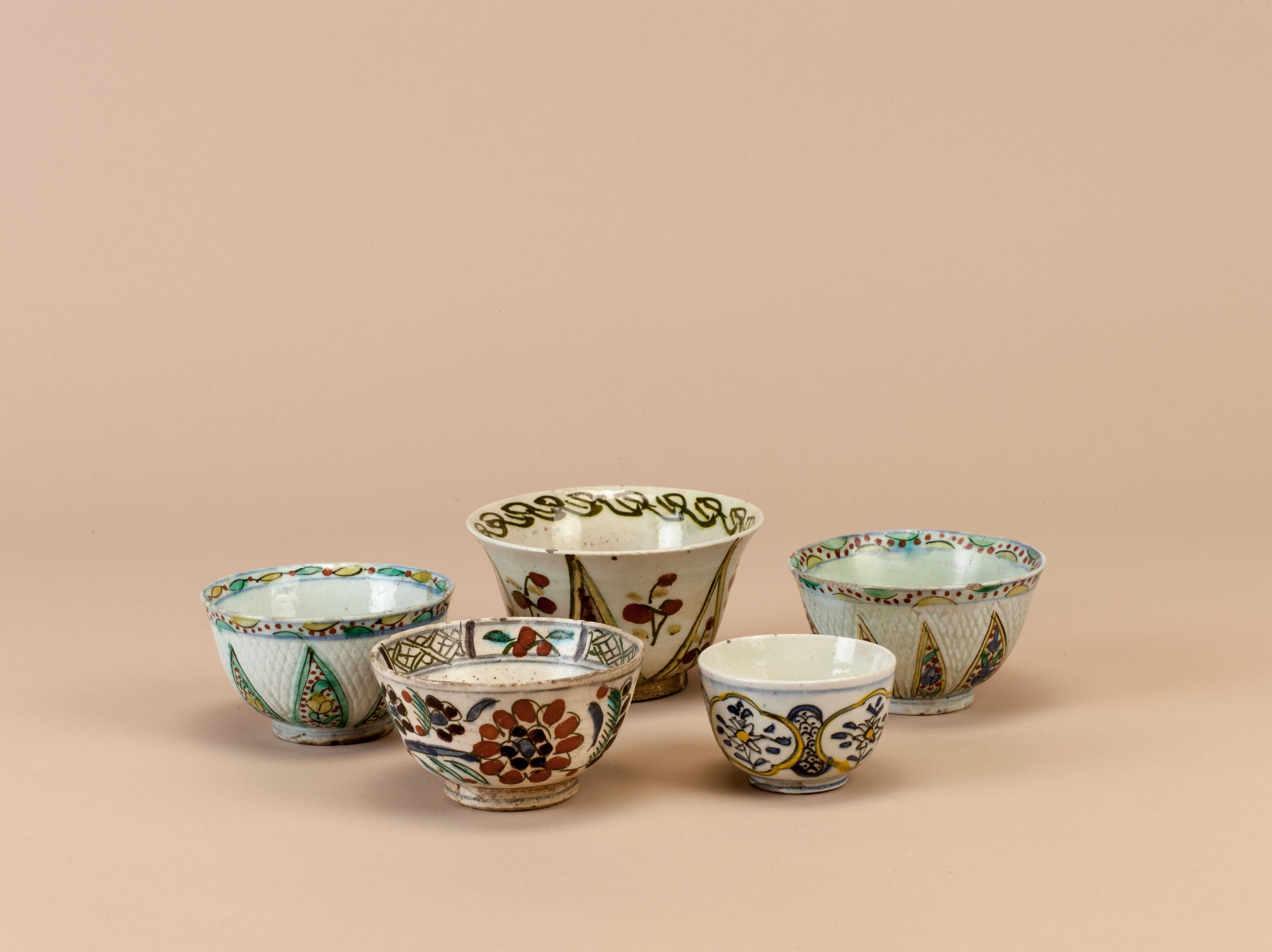Director: Sofia Coppola
Cast: Scarlett Johansson, Bill Murray, Giovanni Ribisi, Anna Faris
USA, Japan, 2003, 102', DCP, color
English, Japanese, German, French with Turkish subtitles
Oscar-winner Lost in Translation, one of the most widely acclaimed films of the 2000s, deals with the unexpected relationship between two Americans who feel out of place in a city far from their homes. Experienced actor Bob has come to Tokyo to star in a whiskey advertisement, while young newlywed Charlotte is there to accompany her constantly busy photographer husband. Losing their way in the foreign atmosphere of Tokyo, the two characters meet by chance in a hotel and share their loneliness under the city's neon lights.
Tokyo significantly influences the visual language of the film with its aesthetics and cinematography while also serving as a setting that underscores the main themes of alienation and the need for connection. The chaos, glittering crowded streets, language barrier, and cultural alienation cause the characters to feel lost both physically and emotionally. At the same time, the city becomes a surprising point of intersection where Bob and Charlotte find each other and form a meaningful connection.

Coffee was served with much splendor at the harems of the Ottoman palace and mansions. First, sweets (usually jam) was served on silverware, followed by coffee serving. The coffee jug would be placed in a sitil (brazier), which had three chains on its sides for carrying, had cinders in the middle, and was made of tombac, silver or brass. The sitil had a satin or silk cover embroidered with silver thread, tinsel, sequin or even pearls and diamonds.
Tuesday - Saturday 10:00 - 19:00
Friday 10:00 - 22:00
Sunday 12:00 - 18:00
The museum is closed on Mondays.
On Wednesdays, the students can
visit the museum free of admission.
Full ticket: 300 TL
Discounted: 150 TL
Groups: 200 TL (minimum 10 people)